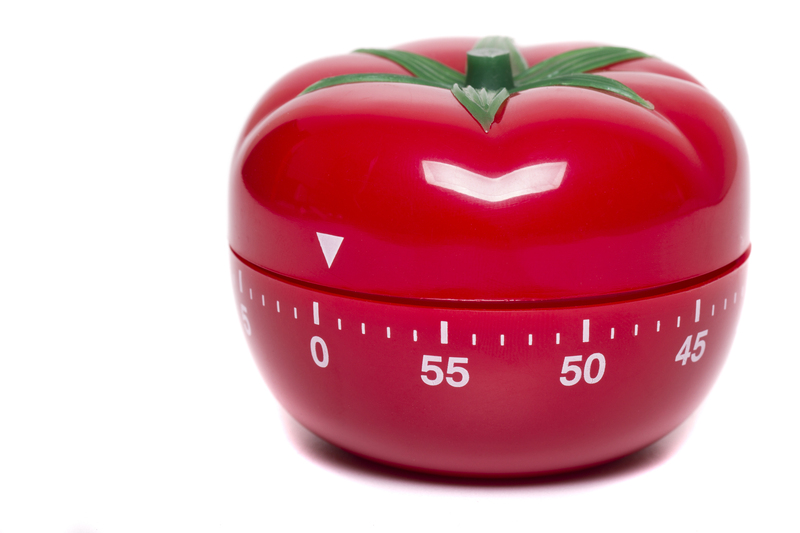Wood Floor Cleaning Tips
Posted on 24/04/2025
Wood floors add an element of timeless beauty to any home, exuding warmth, elegance, and charm. However, to maintain their luster and longevity, they require proper care and cleaning. Whether your flooring is engineered, solid, or reclaimed wood, the key to preserving its beauty lies in effective maintenance. Below, we provide a comprehensive guide covering essential wood floor cleaning tips.
Understanding Your Wood Floor Type
Before diving into the cleaning process, it's crucial to understand the type of wood floor you have. There are typically three main types:
- Solid Wood Floors: Made from a single piece of wood, these floors can be sanded and refinished multiple times.
- Engineered Wood Floors: These consist of multiple layers of wood veneers, making them more resistant to humidity and temperature changes.
- Reclaimed Wood Floors: Made from recycled wood materials, they offer a unique, rustic look but may require special care due to their age.
Knowing your wood floor type helps determine the best cleaning methods and products to use, ensuring you don't harm the finish or structure.

Daily and Weekly Maintenance Tips
Consistent maintenance is critical for wood floors. Here are some daily and weekly cleaning tips to keep your floors looking their best:
Daily Maintenance
1. Sweep or Vacuum Regularly: Dust and dirt act like sandpaper, wearing down the wood finish over time. Regular sweeping or vacuuming (using a brush attachment) can significantly reduce this wear.
2. Use a Microfiber Mop: A dry microfiber mop can capture dust particles more effectively than a broom. It's gentle on the floors and keeps them free from microscopic particles that cause damage.
Weekly Maintenance
3. Damp Mop with a Wood Floor Cleaner: Use a damp (not wet) mop and a cleaner specifically designed for wood floors. Avoid soaking the floor with water, as it can seep into the wood and cause damage.
4. Check and Clean High-Traffic Areas: Pay extra attention to entryways, kitchens, and hallways. These areas tend to accumulate more dirt and debris.
Dealing with Spills and Stains
Spills and stains are inevitable, but quick action can prevent long-term damage:
Handling Spills
5. Act Quickly: As soon as something spills, blot the area with a soft, absorbent cloth to prevent the liquid from seeping into the wood.
6. Avoid Rubbing: Rubbing can spread the spill and push it deeper into the wood. Blotting is more effective in absorbing the liquid.
Removing Stains
7. Use the Right Cleaner: For light stains, use a mild wood floor cleaner. For tougher stains, a mixture of vinegar and water (1:10 ratio) can be effective. Always test the solution on a small, inconspicuous area first.
8. Consider Professional Help: For deep or stubborn stains, it's best to consult professionals. They have the right tools and expertise to remove stains without damaging the wood.
Protecting Your Wood Floors
Prevention is better than cure when it comes to maintaining wood floors. Here are some protective measures:
Use Rugs and Mats
9. Place Mats at Entrances: Mats can trap dirt and moisture at the door, preventing it from spreading onto your wood floors.
10. Use Rugs in High-Traffic Areas: Area rugs in places like the kitchen, hallways, and living rooms can reduce wear.
Furniture Protection
11. Use Furniture Pads: Attach furniture pads to the bottom of chair and table legs to prevent scratches when moving furniture.
12. Lift, Don't Drag: Always lift furniture when moving it instead of dragging it across the floor to avoid scratches.
Seasonal Care and Long-Term Maintenance
Wood floors can be sensitive to changes in temperature and humidity. Here's how to care for them throughout the year:
Summer Care
13. Control Humidity Levels: High humidity can cause wood to swell. Use a dehumidifier to maintain indoor humidity between 30-50%.
14. Check for Mold: In humid conditions, mold can grow on wooden surfaces. Regularly check hidden areas like under rugs and near windows.
Winter Care
15. Avoid Excessive Dryness: Winter heating can dry out the air, causing wood floors to shrink and crack. Use a humidifier to keep the air moist.
16. Prevent Salt Damage: Salt used for de-icing can damage wood floors. Place mats at entrances and regularly clean these areas to remove salt residues.

Refinishing and Deep Cleaning
Even with regular maintenance, wood floors can show signs of wear over time. Here's how to handle deep cleaning and refinishing:
Deep Cleaning
17. Use Professional Services: Once or twice a year, consider a professional deep cleaning service to remove built-up dirt and grime that regular cleaning might miss.
Refinishing
18. Consider Refinishing When Needed: Depending on the traffic and wear, wood floors may need to be refinished every 5-7 years. This process involves sanding the top layer and applying a new finish.
19. Hire a Professional: Refinishing is a labor-intensive process best left to professionals to ensure it's done correctly and safely.
Conclusion
In conclusion, maintaining the beauty and longevity of your wood floors requires understanding your floor type, performing regular cleaning, protecting against damage, and undertaking seasonal care. By following these wood floor cleaning tips, you'll ensure that your floors remain a stunning feature of your home for many years to come.
Remember, a little effort in regular maintenance can go a long way in preserving the elegance of your wood floors. If needed, don't hesitate to seek professional help for deep cleaning or refinishing to keep your floors in top condition.









